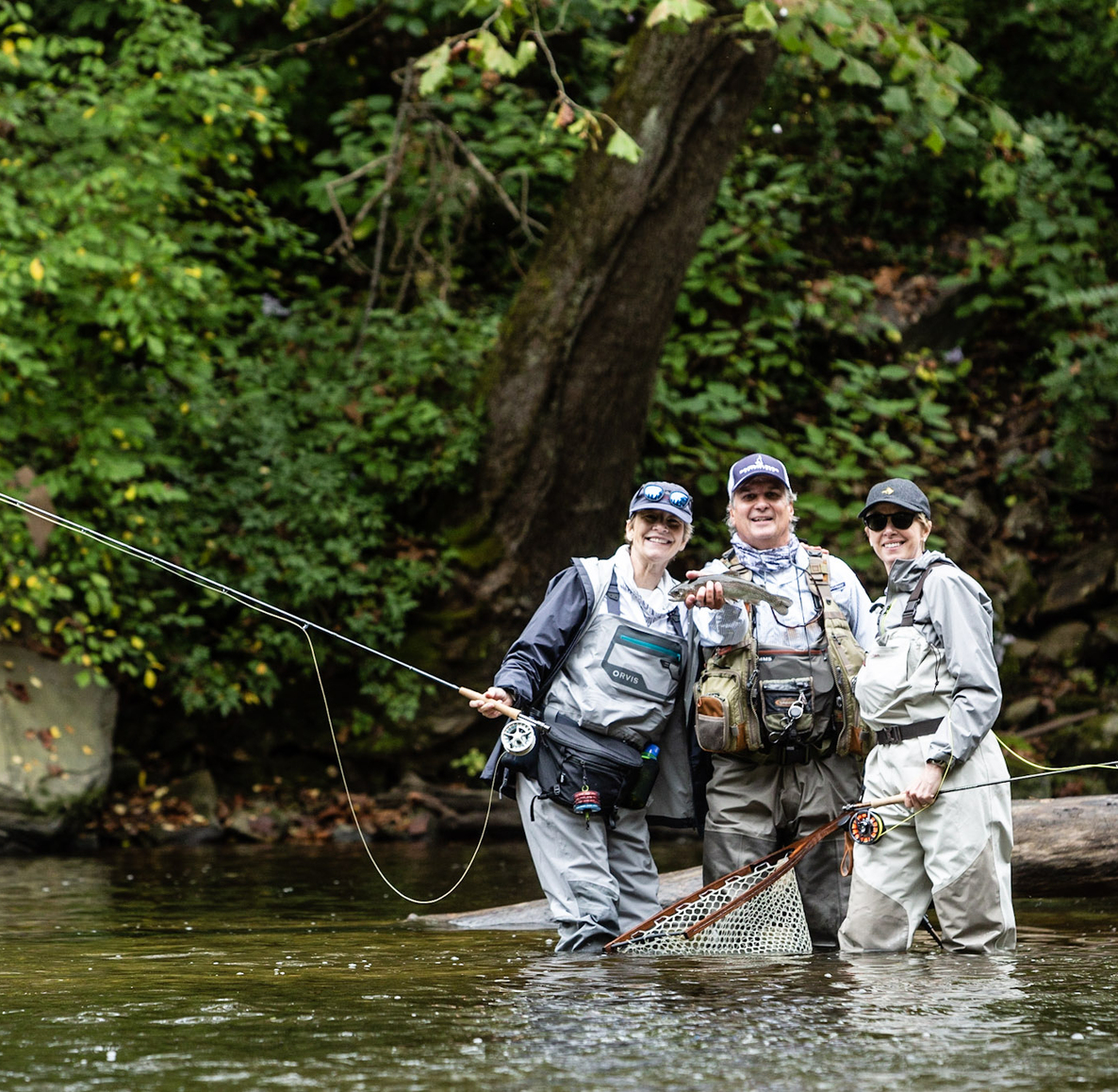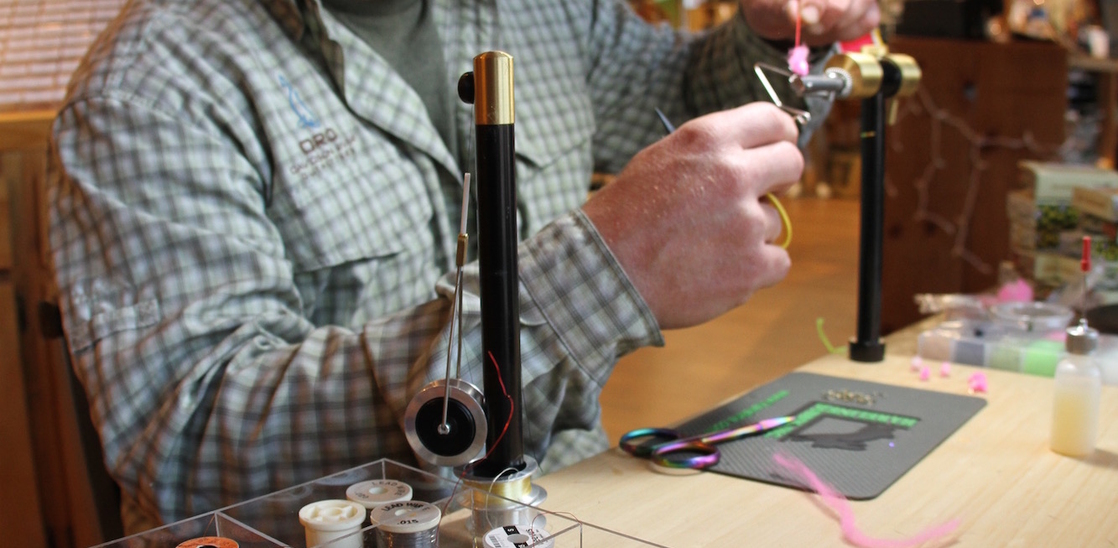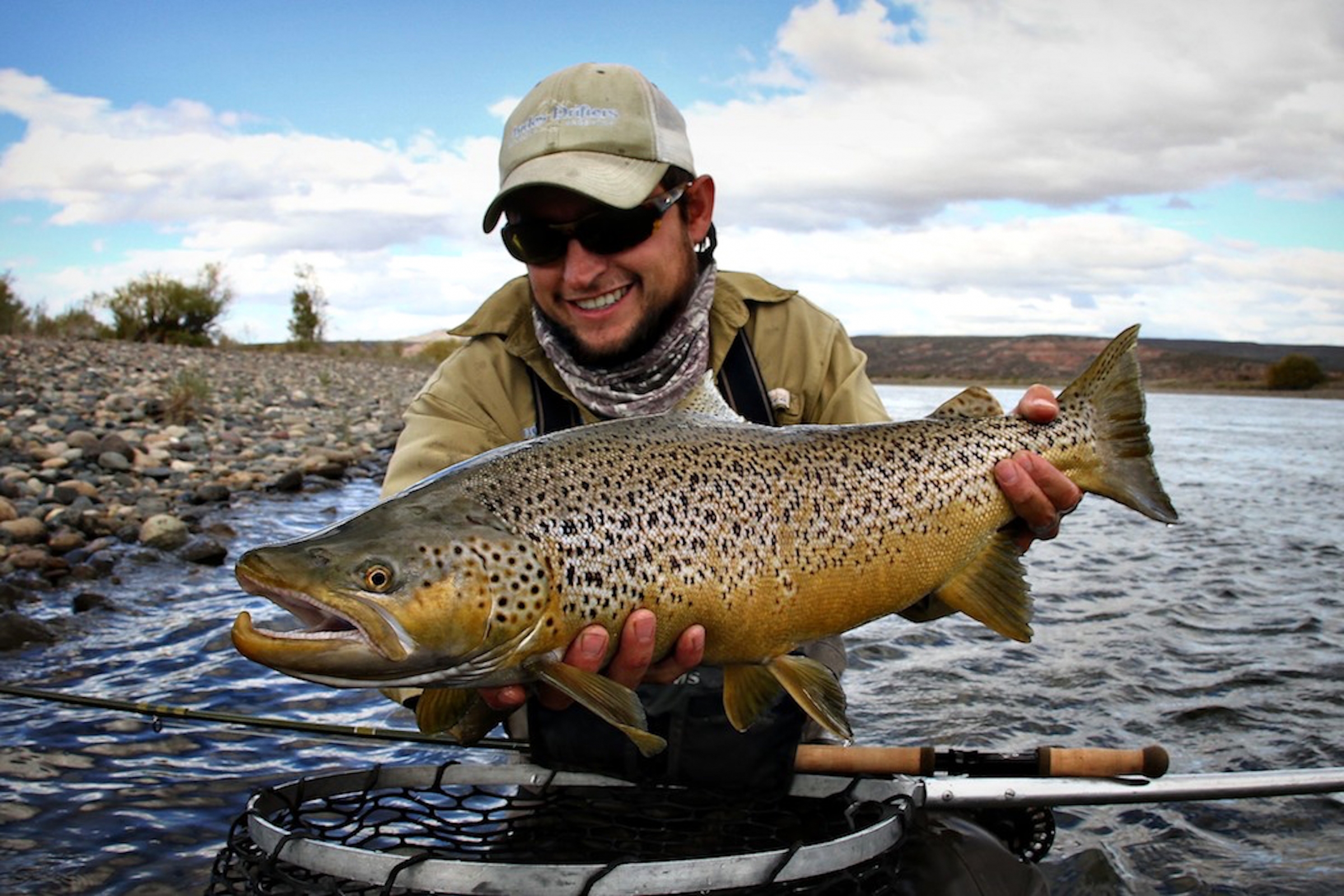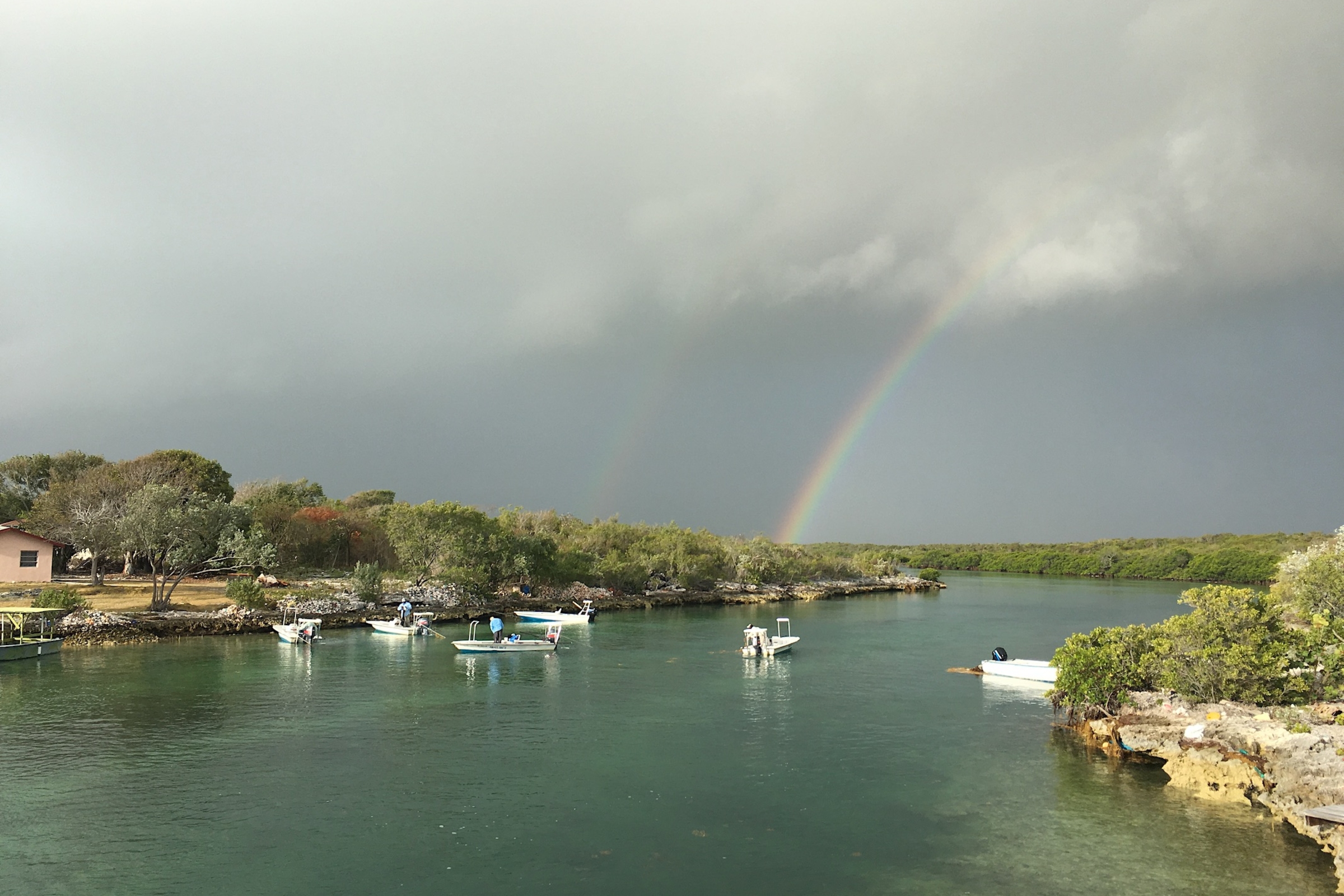Over the years I have been forced to fish for trout in some of the worst possible conditions, from high water, to days that the ice freezes instantly on your guides. The absolute hardest fishing of all though is the low hot water of late summer. Not only do the fish not want to feed but you have to worry about killing them when you hook them. There are several techniques that I have found that I have found to be more productive in the summer.
The main thing to remember is that you as an angler have an ethical responsibility when fishing low warm water. Use as large a tippet as you can, so that you can land the fish as quickly as possible. If you are struggling to land a fish then break it off, so that you do stress it and kill it. Spend as much reviving the fish as you spent landing, if you spent 10 minutes (which is way to long) landing it then spend 10 minutes reviving it. In low hot water you should not spend more than 1-2 minutes to land any fish regardless of it size.
The other big issue in the summer is pictures, in this low hot water do not take the fish out of the water. It is kind of like you going and running a half marathon and the very second you are done, someone holding your head under the water.
-
Fish like most other animals are reluctant to feed in times of warm water, or low water. They are trying to survive so you are trying to draw a reaction or impulse strike not a continuous feed on hatching insects. Your flies should have extra life added to them, rubber legs, soft hackles, Emu feather gills etc. The more annoying the motion of the fly the better your chance of getting a reaction strike.
-
Trout will not move a great distance in low warm water to feed; your presentations will have to be almost in a direct line with the fish. This may require more sight fishing and or/ multiple cast to the same area.
-
Be exceptionally careful of running waves in slow or shallow water to your fish this will spook them quicker than an errant cast.
-
Fish any decent flow of water; this is where the trout find oxygen and food in low water. The better fish will lie directly under the fastest part of the flow where the most oxygen is located. This requires that you fish flies that are weighted heavier. Your flies should sink to the bottom rapidly and stay there and tumble along like an injured our wounded piece of food.
-
Never under estimate the power of the terrestrial pattern and often times larger is better there are some large land born insects that get blown or knocked into the river or maybe it is how bugs commit suicide, irregardless of how it got there it is an easy meal.
Here are the top 10 summer low water patterns.
Soft hackle Pheasant tail 16-20
Barr’s Slump Buster 6-10
Good Fishing,
Kevin


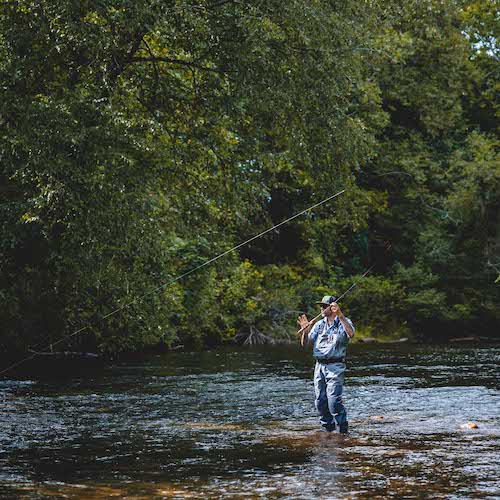 Stream Report
Stream Report Seasonal Hatches
Seasonal Hatches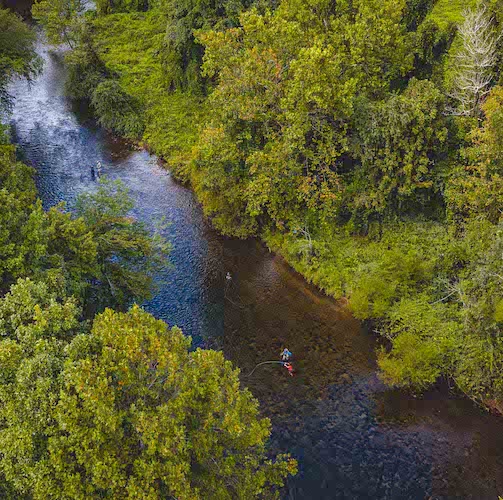 Stream Guide
Stream Guide61811095.jpg)
